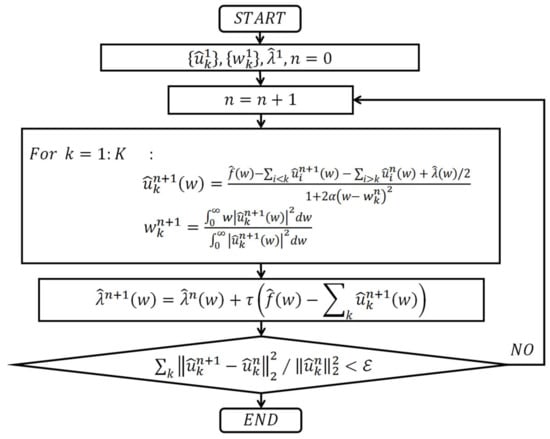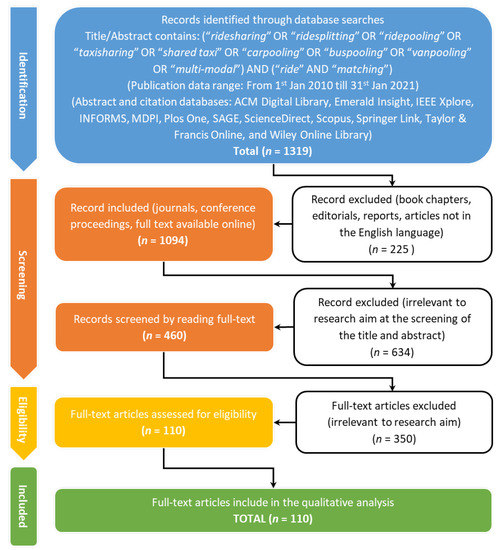Intelligent Transportation Systems II: Beyond Intelligent Vehicles
A topical collection in Applied Sciences (ISSN 2076-3417). This collection belongs to the section "Transportation and Future Mobility".
Viewed by 14042Editors
Interests: intelligent transportation systems; autonomous vehicles; control systems; driver assistance systems; artificial vision
Special Issues, Collections and Topics in MDPI journals
2. Associate Professor (part-time), Mechanical Engineering Department, Dynamics and Control group, Eindhoven University of Technology, Eindhoven, The Netherlands
Interests: networked control; string stability; agent-based control; vehicle automation; platooning
Special Issues, Collections and Topics in MDPI journals
Interests: robotics; intelligent transportation systems
Special Issues, Collections and Topics in MDPI journals
Interests: accurate indoor and outdoor global positioning; vehicle localization; autonomous vehicles; driver assistance systems; imaging and image analysis
Special Issues, Collections and Topics in MDPI journals
Interests: computer vision; multi-sensory systems; 3D sensing; mapping and localization; autonomous vehicles and robotics
Special Issues, Collections and Topics in MDPI journals
Interests: intelligent vehicles and traffic technologies; intelligent vehicles; user-based autonomous vehicle design; advanced vehicle and traffic perception and modeling systems; predictive perception systems
Special Issues, Collections and Topics in MDPI journals
Topical Collection Information
Dear Colleagues,
The development of intelligent vehicles is essential for improving urban mobility and for contributing to the development of smart cities. Also, the intelligent vehicle is the central pillar of the future of intelligent transport systems (ITS). Within the area of intelligent vehicles research there are still many challenges/areas for improvement: perception systems, scene understanding, localization and mapping, navigation, path planning, trajectory planning, vehicle control, etc.
If you look at the equipment of the vehicle, there are a variety of sensors. GPS, IMU, cameras, radars, and lidars are the most common. Lidars are the least preferred option in the industry, to avoid anti-aesthetic effects on the cars’ appearance. Cameras and lidars have experienced a small revolution thanks to the application of convolutional neural networks to the image processing. These sensors are used for localization (visual odometry, lidar odometry, 3D maps, map matching, etc.), perception (trajectory planning, scene understanding, traffic sign detection, drive-able space detection, obstacle avoidance, etc.), and so on. The aim of this Special Issue is to get a view of the latest works in these fields, and to give the reader a clear picture on the advances that are to come. Welcome topics include, but are not strictly limited to, the following:
- Computer vision and image processing;
- Lidar and 3D sensors;
- Radar and other proximity sensors;
- Advanced driver assistance systems onboard vehicles;
- Self-driving car perception and navigation systems;
- Navigation and path planning;
- Automatic vehicle trajectory planning and control.
Prof. Dr. Javier Alonso Ruiz
Dr. Jeroen Ploeg
Dr. Angel Llamazares Llamazares
Prof. Dr. Noelia Hernández Parra
Dr. Carlota Salinas
Dr. Izquierdo Gonzalo Rubén
Collection Editors
Manuscript Submission Information
Manuscripts should be submitted online at www.mdpi.com by registering and logging in to this website. Once you are registered, click here to go to the submission form. Manuscripts can be submitted until the deadline. All submissions that pass pre-check are peer-reviewed. Accepted papers will be published continuously in the journal (as soon as accepted) and will be listed together on the collection website. Research articles, review articles as well as short communications are invited. For planned papers, a title and short abstract (about 100 words) can be sent to the Editorial Office for announcement on this website.
Submitted manuscripts should not have been published previously, nor be under consideration for publication elsewhere (except conference proceedings papers). All manuscripts are thoroughly refereed through a single-blind peer-review process. A guide for authors and other relevant information for submission of manuscripts is available on the Instructions for Authors page. Applied Sciences is an international peer-reviewed open access semimonthly journal published by MDPI.
Please visit the Instructions for Authors page before submitting a manuscript. The Article Processing Charge (APC) for publication in this open access journal is 2400 CHF (Swiss Francs). Submitted papers should be well formatted and use good English. Authors may use MDPI's English editing service prior to publication or during author revisions.
Keywords
- computer vision
- lidar
- radar
- 3D perception systems
- convolutional neural networks
- traffic light detection
- collision mitigation brake systems
- driving monitoring system
- visual odometry
- lidar odometry
- 3D maps construction and localization
- scene understanding
- traffic sign detection
- drivable space detection
- obstacle detection













